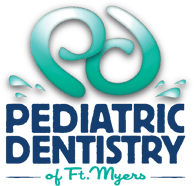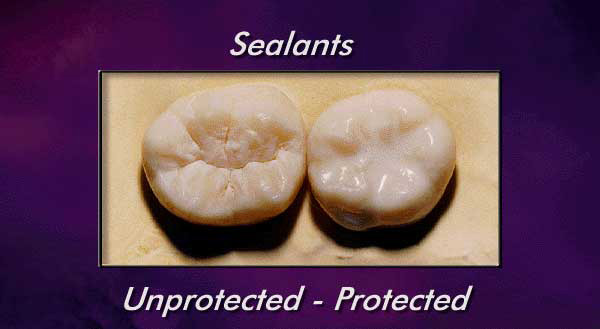5 Types of Sugar that Harm Your Teeth
We all know that sugar is the #1 enemy of healthy teeth, but some of us don’t know just how stealth sugar can be. Sure,[…]
How to Take Care of Your Toothbrush
Your toothbrush helps to keep you clean and healthy, so why not return the favor? Here are some guidelines for caring for your toothbrush: 1. […]
3 Main Ways Fluoride Helps Your Teeth
Most experts agree that a daily dose of fluoride is one of the most effective methods for preventing cavities and tooth decay. In fact, research[…]
Top Ten Budget Tips to Keep Your Teeth Healthy
During these tough economic times, many regular activities are being put on hold — and that includes visits to the dentist, as reported by Medill[…]

8 Great Tips for Taking Care of Your Children’s Teeth
1. Remember, a child’s dental care begins before birth. A child’s teeth form between the third and sixth month of pregnancy. An expectant mother must practice good[…]
How Does a Pacifier Affect My Baby’s Teeth?
Almost all children suck on their fingers or a pacifier. And if you have one of those kids that can’t seem to calm down for[…]
When Will My Baby’s Teeth Come In?
As with most things with children (as you’ll soon learn), their teeth will start come in when they’re ready. The age your child is when[…]

What are Dental Sealants and Does My Child Need Them?
Dental sealants are a quick, easy, and relatively cheap (as opposed to the dentist bills you’ll accumulate for root canals) solution for preventing cavities. Although[…]
